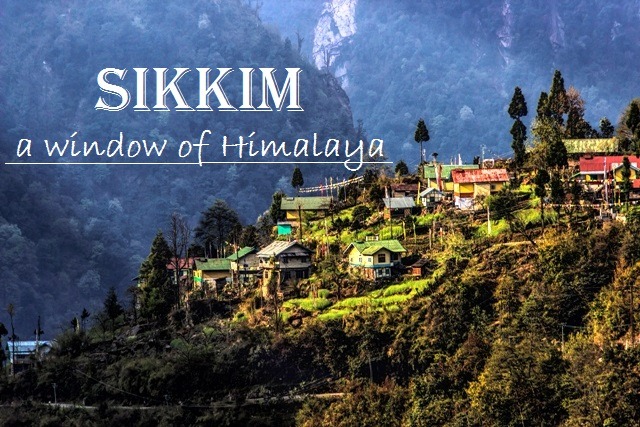India’s flagship midday meal initiative, the PM POSHAN Scheme, just got a vital boost. On April 10, 2025, the central government announced a 9.5% increase in the scheme’s “Material Cost” component, promising an additional ₹954 crore for the fiscal year 2025–26. This decision, though rooted in fiscal adjustments, holds deeper implications for child nutrition, school attendance, and rural development.
In This Article:
What is the PM POSHAN Scheme?
Formerly known as the Mid-Day Meal Scheme, the PM POSHAN Scheme was rebranded in 2021 to reflect a broader vision. It caters to students from Bal Vatika (pre-primary) to Class VIII in government and government-aided schools, providing free cooked meals every school day. It is a key welfare program under the Ministry of Education, aimed at improving nutritional status, encouraging school attendance, and reducing classroom hunger.
What the 9.5% Increase Means
The new hike in material cost is more than a fiscal adjustment—it’s a lifeline. From May 1, 2025:
- The per-meal allocation for primary students (including Bal Vatika) will rise from ₹6.19 to ₹6.78.
- For upper primary students, the cost goes up from ₹9.29 to ₹10.17.
This increase comes after demands from states and activists who have pointed out that the rising cost of essential commodities has made it harder to maintain the quality and quantity of meals.
Why the Hike Matters
1. Inflation Adjustment
The hike is based on the Consumer Price Index for Rural Labourers (CPI-RL), a fair and rational metric that accounts for rising food costs in rural areas. Without this adjustment, schools were struggling to serve nutritious meals within the old budget.
2. Improved Meal Quality
A higher allocation allows schools to purchase more diverse and nutritious ingredients. This includes more vegetables, pulses, dairy, and seasonal fruits, leading to a better-balanced diet for children.
3. Boost in School Attendance
Studies have shown that access to free meals plays a significant role in school retention, especially in rural and economically weaker areas. Improved meals could translate into better attendance and more engaged classrooms.
4. Support to Local Economies
The PM POSHAN Scheme also emphasizes the use of locally sourced ingredients. An increased budget allows for higher procurement from local farmers and women-led self-help groups (SHGs), creating a ripple effect that supports community-level employment and local agriculture.
Government’s Commitment
In addition to the raised material cost, the central government continues to bear the full cost of foodgrains (26 lakh metric tonnes annually) through the Food Corporation of India. The logistics and transport expenses, which are substantial, are also entirely covered by the Centre. This amounts to an annual commitment of approximately ₹9,000 crore, apart from the new ₹954 crore allocation.
What States Can Do
While the revised material costs are a centrally mandated minimum, states have the flexibility to supplement the scheme. Many have already done so to address region-specific nutritional needs. States can also leverage the scheme to introduce fortified foods, regionally preferred dishes, and engage with local kitchen gardens for sustainability.
A Step Towards SDGs
This increase is not just about food. It’s aligned with several Sustainable Development Goals (SDGs)—namely, ending hunger (Goal 2), ensuring inclusive and equitable education (Goal 4), and promoting health and well-being (Goal 3). Nutrition is foundational to learning outcomes, and this step directly strengthens India’s human capital for the future.
What’s Next?
This policy shift needs to be backed with regular monitoring, community involvement, and data-driven reforms. Schools must be equipped with better kitchens, more staff, and digitized monitoring systems to ensure transparency and efficiency. NGOs and education advocates must continue pushing for quality implementation—not just budget increases.
In the long run, the success of the PM POSHAN Scheme will depend not only on rupees spent but on meals served with dignity, care, and nutritional adequacy. This 9.5% hike is a crucial stride in that direction.
By – Jyothi
Also Read – Vanishing Daughters in Haryana: The Grim Reality Behind the Numbers



